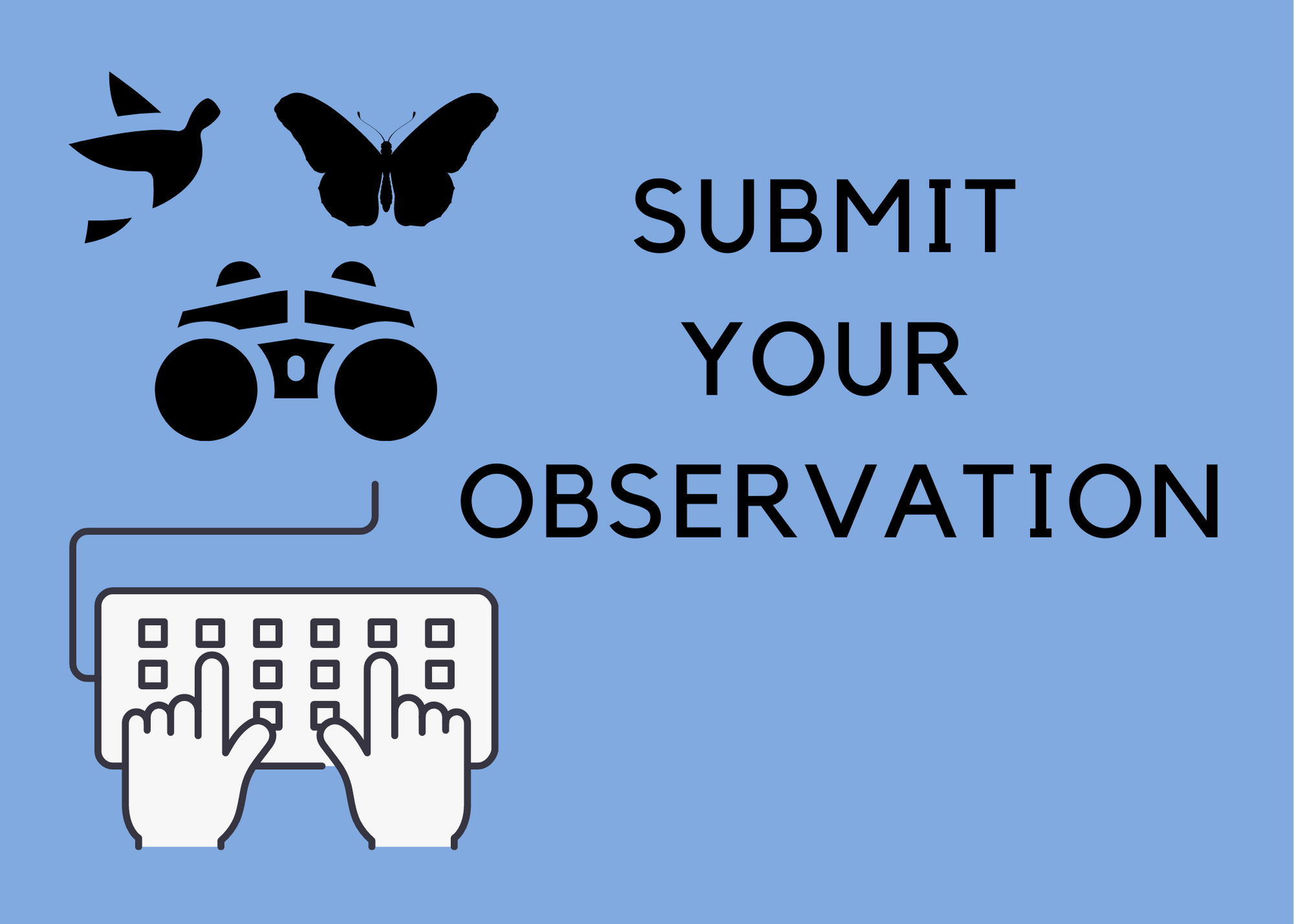El Rosario's 'magnificent colony'
An update from Mexico
By Estela Romero
Dear citizen scientists:
December draws to its second half and Monarch overwintering colonies re-define their population density weekly amidst a healthy, green canopy and live creeks all around.
Sierra Chincua Sanctuary has kept a small and steady but beautiful and densely concentrated colony at the Moneralta site (19.6735848 -100.2940912) for weeks now. Tourists have expressed their delight at the beauty of this forest, its impressive altitude and viewpoints that no other sanctuary can offer.
El Rosario Sanctuary presents a significant improvement in population and somehow in concentration too, since surprising additional numbers seem to have joined the former population of the “Los Horcones” site, to a new site today. El Rosario’s magnificent colony is now located between one and 1.5 kilometers inside “Llano de los Conejos” site, direction north-east/east, slightly lower in elevation, at coordinates 19.5985786 -100.2610105.
The video to the right, titled 'The edge of El Rosario's monarch colony,' shows the mere edge of the colony, whereas the inside core area of the colony magically lights up with monarchs on a wonderful sunny mid-December morning.
There is an additional second well-concentrated population further inside this population here, local guides at El Rosario assure.
Climate conditions until today, Dec. 18, have remained normal, showing rather mild frosting conditions in the early mornings. Temperatures look like they may drop down with some clouds signaling possible chillier days to come and hopefully little rain within the next few days.
So, dear friends, our exceptional migrating monarchs thrive and bring us joy, hope and awe as we contemplate their enormous capacity for adaptation, no matter what challenging conditions and climate change impose on them.
Shall the new year bring a favorable peak of the season for our incredible monarch butterflies.
Estela Romero
Journey North
Angangueo, Michoacán, México.
Estela Romero is an environmental educator with Monarchs Across Georgia. Reporting from Angangueo, Michoacán, Estela Romero's work is made possible by funding from Monarchs Across Georgia and the Monarch Butterfly Fund. Estela Romero es educadora ambiental de Monarchs Across Georgia. Informando desde Angangueo, Michoacán, el trabajo de Estela Romero es posible gracias a la financiación de Monarchs Across Georgia y el Monarch Butterfly Fund.
Symbolic Migration update
By Susan Meyers
Estela Romero began her school visits in Macheros, Mexico, and continued her visits in the nearby communities of La Mesa de Los Alzati and Ziráhuato, Michoacan in early December.
As of Dec. 4, nearly 400 Ambassadors had been delivered to 13 schools! Stories in both English and Spanish, photos, and a list of the ambassadors delivered at each school are posted in the "School Visits" tab on the Symbolic Migration website. To find your ambassador, use the search bar at the top right of the page. Enter your city, school or organization name, but if you don't see it, please be patient. This process takes from November 2024 until March 2025.
A few leaders have asked how to get a closer look at the ambassadors in the photos posted on the school visits pages.
- Try right-clicking on the image and opening it in another tab.
- Save that image to your computer and then you can edit it, making it larger.
As of Dec. 19, Estela has wrapped up her school visits for the 2024 calendar year. Teachers expressed their appreciation, not only for the Ambassador gifts but for the environmental lesson facilitated and the books donated.
“We want to thank the Symbolic Migration participants in the United States and Canada and the project’s coordinators. We are thankful for the donations of books and the environmental lesson. We need such information and the opportunity for our young generations to reflect and carry these messages home to their families,” teachers expressed.
The importance of keeping soil healthy brought interesting additional knowledge to their classroom lessons and some reminders of the community’s ancestral knowledge of agriculture.
Teachers were grateful to receive high-quality books with imaginative ideas for gardening, soil science and a special edition of a set of the flora and fauna of the local ecosystem in the Monarch Butterfly Biosphere Reserve.
This year, Estela Romero added an "About Us" page to the Symbolic Monarch Migration website. We hope you enjoy reading her story. If you have additional questions, please contact symbolic-migration@eealliance.org.
If you don't already, you can receive news updates from Journey North by clicking on the subscribe button in the top right of the news pages.
The Symbolic Monarch Migration project is a partnership project between Journey North (a program of the University of Wisconsin-Madison Arboretum) and Monarchs Across Georgia (a committee of the nonprofit organization, the Environmental Education Alliance). Journey North hosts educational materials on its website. Monarchs Across Georgia administers the project including coordinating the exchange of symbolic butterflies among 2000+ classrooms in three countries, engaging a contract worker to provide lessons and deliver materials in Mexico, and raising funds for the project's continuation.
The Monarch Butterfly Fund continues to support our Mexico Book Project through their Small Grants program. Books purchased with grant funds supplement environmental education lessons facilitated through our Symbolic Monarch Migration project.
Monarchs in the Southern U.S.
"Why are monarch butterflies hanging out in the southern U.S.?"
That's the question that NPR asked in a recent story featuring Journey North and one that researchers in the southern United States hope to answer with your help.
Please submit reports of monarchs observed in southern states this winter, including the Carolinas, Georgia and states along the Gulf Coast. In your report, consider including information about the type of milkweed or flowers that monarchs are visiting.
Julie was among those to share a photo with us this week, reporting 40 monarch caterpillars in Miami and writing, "I was surprised there are so many!" Trish in Yulee, in Florida's northeastern corner, posted a photo of two small caterpillars on milkweed on Dec. 18.
If you see monarchs this winter, let us know, and check out the story from NPR.








